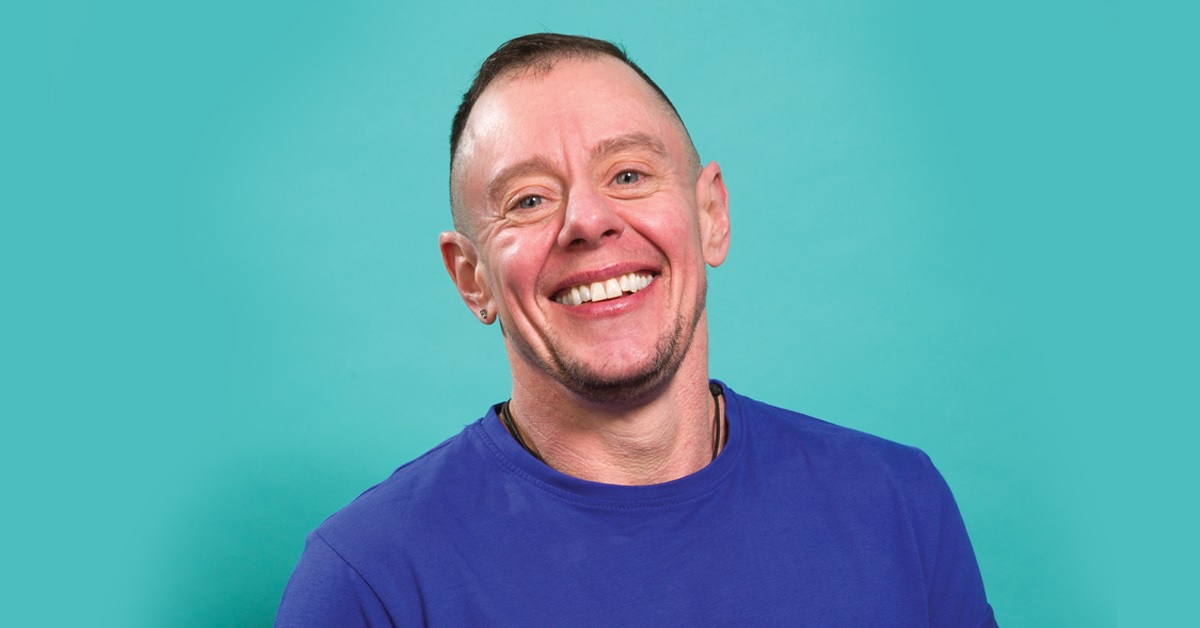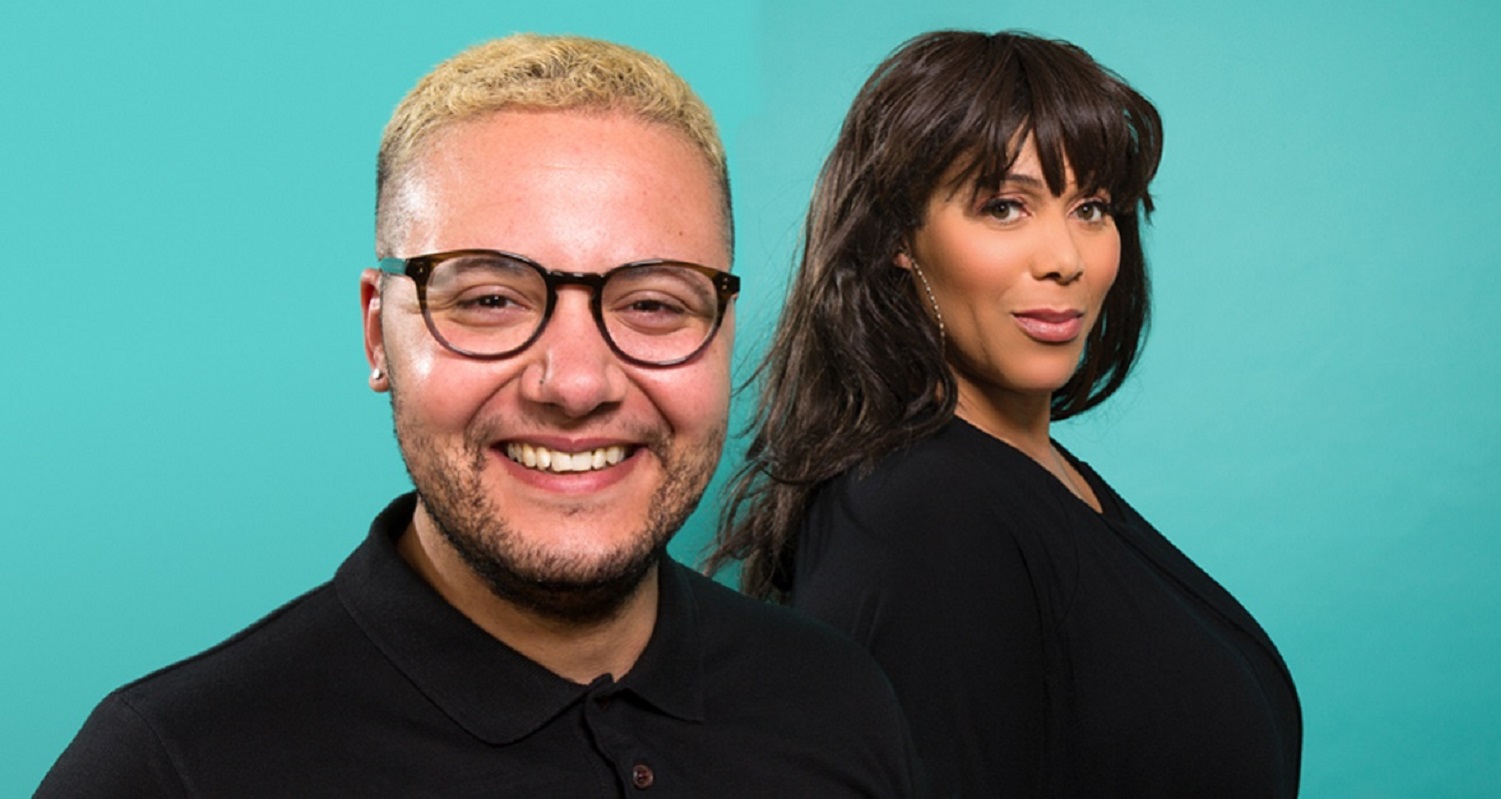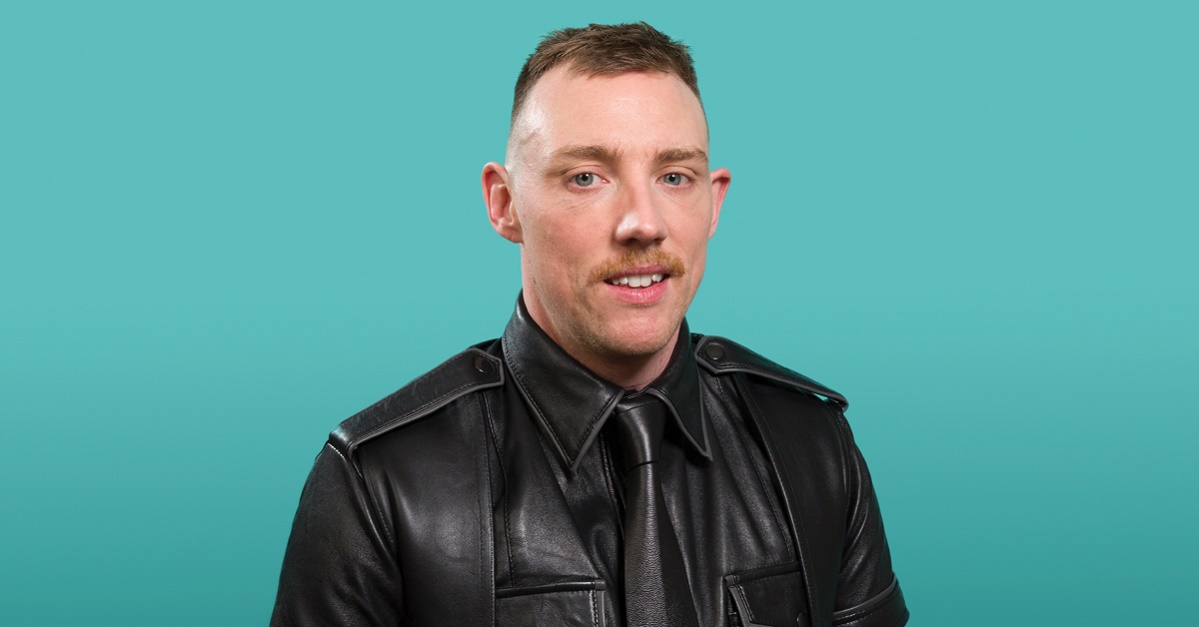10 sexual health tips for trans and non-binary people
Terrence Higgins Trust asked 200+ trans and non-binary people about their sexual health and current provision - here's an insight into what they found

Words: Ellis K; pictures: Terrence Higgins Trust
Everyone has a right to healthy, happy sex. But trans, non-binary and gender diverse people are too often left out of mainstream information relating to health and wellbeing. This means trans and non-binary people are often reliant on guesswork and reading between the lines to find what’s relevant and what’s not.
This came through loud and clear when sexual health charity Terrence Higgins Trust asked more than 200 trans and non-binary people about their sexual health and current provision.
“As trans people, we need to see ourselves in sexual health campaigns and know that the information is written with us in mind,” says sexual health clinician Dr Kate Nambiar.
That’s exactly what the charity put into action – utilising the feedback for the development of its brand new trans and non-binary sexual health information in terms of everything from content to tone.
The information was produced by trans and non-binary staff at Terrence Higgins Trust and developed in conjunction with members of the trans community. Dr Nambiar was the project’s peer reviewer.
The new webpages and print leaflet feature eight trans and non-binary people of different ethnicities, shapes and sizes. In line with feedback, the imagery is empowering and positive – a departure from how trans people are too often depicted.
“I decided to be a part of this resource because I want trans people, however they identify, to know that they are worthy of having an enjoyable and healthy sex life,” says Rory Finn, health promotion specialist at Terrence Higgins Trust who was part of the project group. “Our bodies deserve to be empowered and celebrated, just like everyone else.”
Top 10 sexual health tips for trans and non-binary people
The specialist sexual health information for trans and non-binary people is now available on Terrence Higgins Trust’s website. But – for a flavour – here is the charity’s top 10 sexual health tips for trans and non-binary people.
1) Spend some quality time with yourself
There is no one way to be trans or non-binary, everyone’s different. Masturbation is a good way to get to know what you like and feels good – when you know, you can show your partners what you want. This is true for everyone, but especially so if you’ve just had gender-affirming surgeries and are looking to explore your new body parts. There are a variety of toys on the market that can help with sex. Try different things out. What works for others may not work for you.

2) Checking in
Figured out what you like? Tell your partners. Communication before and during sex can sometimes be awkward and take some practice, but it’s the best way to ensure you are both happy and comfortable with what’s happening. You have the right to enjoy sex and you shouldn’t feel like you have to use parts of your body if you don’t want to. Checking in before sex is also a great time to decide on what barriers and protections you are going to use.
3) Do things your way
Clothing can be affirming, and keeping it on can sometimes mean better sex. Some trans masculine people find that continuing to use clothing like binders and packers during sex feels good. Learning to negotiate the sex that you want, and experience pleasure with potentially new body parts can take time. You might need time to build up confidence and learn new skills to help you negotiate safer sex. You should never be pushed into anything that you are uncomfortable with.
4) Find the best barrier methods for you
STIs can be passed on from all types of sex with all types of body parts and sex toys. Using a barrier such as a condom or dam along with water-based lube is the best way to protect against STIs. Recent lower surgery means unhealed skin, which can make it easier for you to acquire or pass on HIV as bleeding can provide a route into or out of your body. Discuss with your surgeon what kind of activity you can do and how soon. If you’re a trans masculine and on testosterone (T), remember that it’s not an effective form of contraception, but condoms are. The coil, implant, injection or pill can also be safely taken with T. Likewise, hormone therapy for trans feminine people doesn’t provide adequate contraceptive protection.

5) Negotiating condoms
It’s not always easy to discuss condoms before sex, but there are some useful tips to help get them in play. Make sure you have condoms and lube with you and that you’ve practised using them before you have sex. You can make putting on a condom part of play. Passing a condom to a partner can be understood to mean you want to be fucked – it also signals that you want to use a condom for this.
6) Is PrEP right for you
PrEP is a pill that protects you from HIV, taken before and after sex. It doesn’t affect or interact with hormone treatment. PrEP might be right for you if you’re HIV negative and have sex in a variety of situations where condoms are not easily or always used. It gives you empowerment, particularly if you are a receptive partner, or bottom, by taking control over protecting yourself from HIV transmission. There’s also PEP, a treatment that can stop an HIV infection after the virus has entered a person’s body (for example, if you’ve had sex and the condom fails). To work, PEP must be taken within 72 hours (three days), and ideally should be taken within 24 hours. You can get PrEP for free on the NHS from a sexual health clinic, and PEP from a clinic or A&E.
7) Tell a mate you’re hooking up
If you’re planning on meeting someone from a dating app, it’s a good idea to tell a friend where you’re going, when they can expect you to come back and who you’re planning to meet.

8) Be prepared
Just planning on meeting someone for a coffee or quick drink? Plans can change, so make sure you’ve got some condoms and lube with you.
9) Test, test, test
Getting screened regularly is a way to reduce the risk of HIV and other sexually transmitted infections (STIs). Have a sexual health screen at least once every year, and more frequently if you change partners or have casual or new partners. STI screening is quick, free, and painless and you can take your own samples from the body parts you use for sex. These days, there are more ways than ever, including ordering a self-test kit online.
10) Regular check-ups
If you have a cervix then it’s important to get a cervical screening test every three years from the age of 25 (or every five years from 50 to 64). If you’ve changed your name and gender with your GP, you may not receive letters to remind you to go for a screen.
Terrence Higgins Trust’s new trans and non-binary sexual health information is now available via the charity’s website. For any additional questions, contact THT Direct for free on 0808 802 1221.
